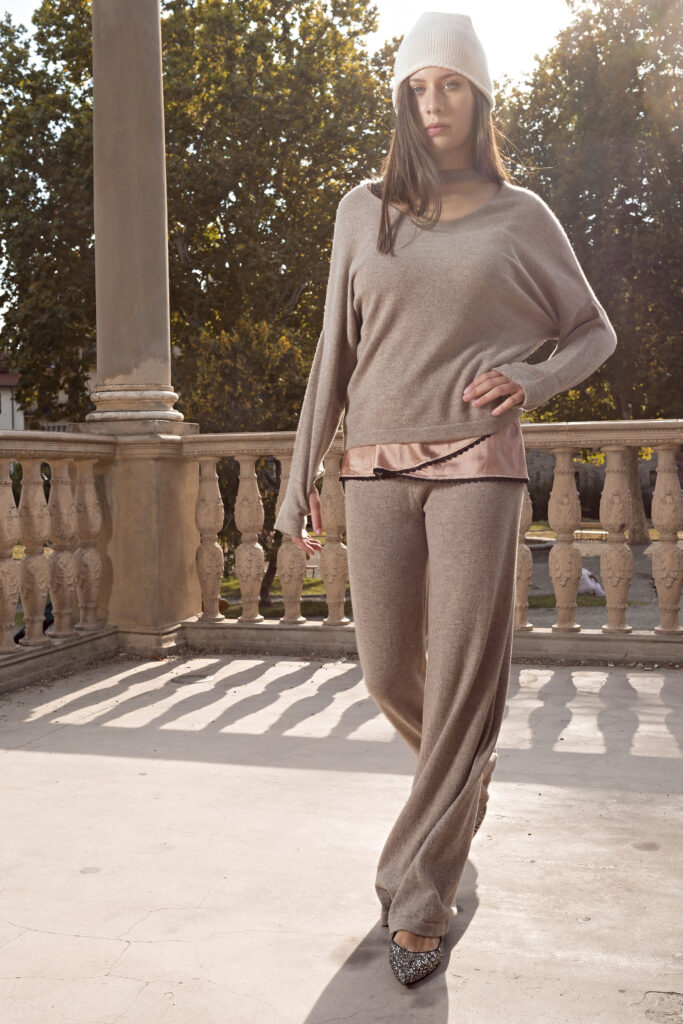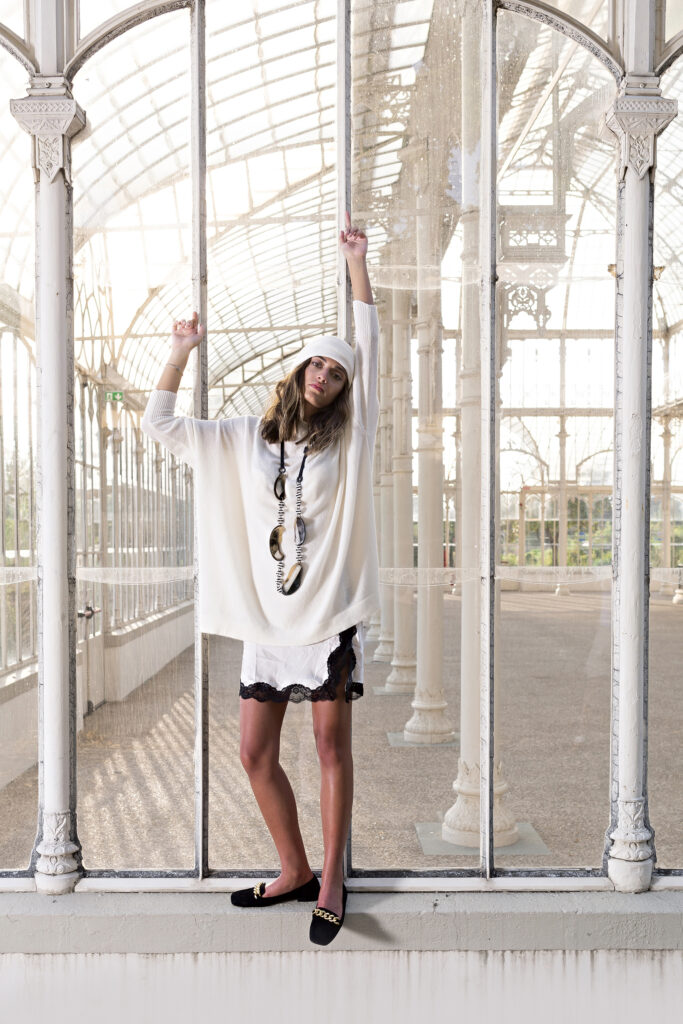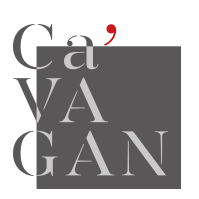Quality and Sustainability
Two words that are deeply linked to each other and that represent a challenge for all those who wish to deal with a sustainable future. Today we talk about our Ecological Cashmere.

In the field of fashion, an environment considered “ephemeral” in itself, is it possible to operate always starting from these two solid foundations?
Today we often talk about ecological fibers. In the world of Cashmere, the definition of ecological brings to mind regenerated fiber, that is a fiber which, through various processes, is recovered and reworked. The reuse chain of the circular economy is undoubtedly a viable and appreciated path. We consider everything that was born and is developing around this approach to be very interesting and in our collections we use fibers that come from the world of the circular economy. We will address this topic in another of our articles.
Despite this appreciation, what we define Ecological Cashmere is a first-process cashmere, untreated and undyed.
In this short article we will better explain the low environmental impact process of selecting and processing our Cashmere Eco.
The origin of our Ecological Cashmere
Cashmere fiber is obtained from the Hircus goat through combing. In order to survive the large thermal changes, this animal developed a dense undercoat, called duvet, composed by thousands of very fine and extraordinarily soft fibers with high thermal insulation capacity. In addition to being so fine, cashmere fiber seems to hide an “inner tube” that naturally produces the functions of thermo-regulation and perspiration.
Cashmere is a precious and inimitable product: Hircus goats can live at various temperatures, but the quality of its hair is determined by the climatic and natural context in which it is collected.
Only in territories where this animal has its natural habitat, its quality is expressed at the highest level. Today the breeding of goats from which we comb this precious fleece takes place in the territories of Inner Mongolia, Shanxi, Ningxia, Qinghai. The average altitude of these territories is over 2000 meters above sea level and average temperatures in winter vary from -18 to 0 degrees centigrade. Over time, many have tried to organize farms in different territories, but the results have never been as appreciable.

The selection process of our Ecological Cashmere
As said, Cashmere fiber is obtained by combing the Hircus goat.
During spring, this goat gets rid of its under hair (called duvet), which was produced in excess during the winter months. This makes us understand that the use of this material in itself does not have a negative impact on our ecosystem.
Duvet is collected by combing the goat with the aid of normal combs or brushes. The Cashmere is so obtained and is ready to undergo the subsequent processing phases.
Little curiosity: Cashmere is classified by the length of the fiber and its micronage. The quality of Cashmere used in our garments has a length of 34 – 36 mm and a micronage of 16 – 15.8. To make us understand the value of these data, we can tell you that the finest Merino wool has a micronage of 24!
The working process of our Ecological Cashmere
Cashmere hair is now ready to move on to the next steps. The fibers are carefully selected, separated according to their fineness and subjected to washing, de-shaping and spinning. The last process is that of twisting, a phase in which the single threads are paired two by two, or three or six plies, to be wound on each other to form skeins. All processes with low environmental impact.
Our Ecological Cashmere differs because in the first selection phase, expert hands and attentive eyes classify the fiber basing on the color nuances, these create our ecological color palette: white, cream, hazelnut, dove gray, always very delicate shades.
Our Ecological Cashmere is therefore untreated and undyed. This enhances us with the certainty of offering a product of the highest quality and with a low environmental impact.

Our Ecological Cashmere certifications are:

Visit our B2B https://b2b.mengdiitalia.it/en
Discover more on our Blog https://cavaganvenezia.it/en/cashmere-is-our-passion/
